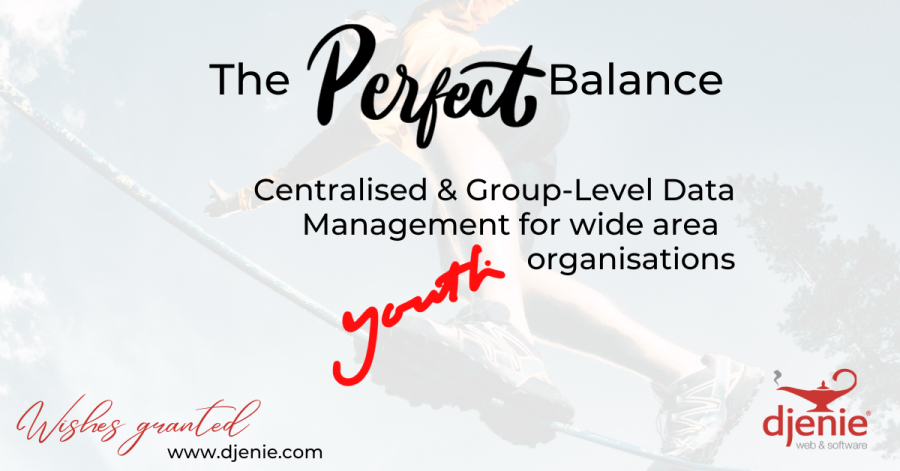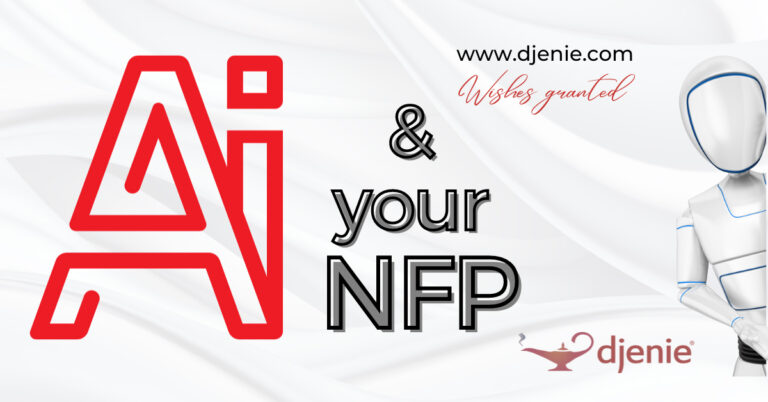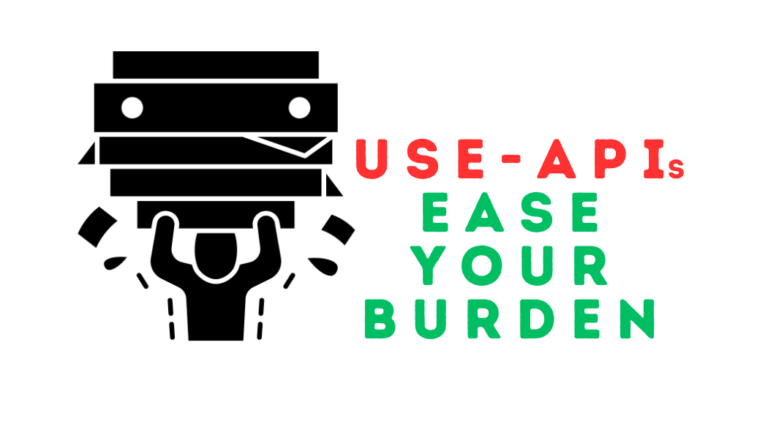Unlock the Hidden Potential: How Harmonising Central and Group-Level Data Management Transforms Youth Organisations
Ah, life. A series of ups, downs, and a lot of stumbling around in the dark. Imagine you’re an explorer, lost in a jungle with a broken compass and a map that might as well be a doodle. But what if you had two magical tools that could guide you through this mess? That’s what centralised and group-level data management can do for your youth organisation. So it goes.
The Argument for Dual Control: Centralized and Group-Level Data Management
Life is complicated, isn’t it? You’ve got the big picture to worry about, and then there are the nitty-gritty details. It’s like trying to read a book and write one at the same time. That’s where centralised and group-level data management come in. One gives you the grand narrative, the other lets you fill in the chapters.
Why Both?
- Flexibility: Centralised data management is your overlord, your guiding star. But group-level tools are your jazz musicians, improvising to the local beat.
- Efficiency: One keeps the ship sailing smoothly, the other makes sure the crew is entertained.
- Autonomy: Group-level control is like giving a paintbrush to every member and saying, “Go ahead, add your color to this masterpiece.”

Download This Infographic In PDF Format!
Who Needs Dual Control?
Who needs it? Anyone who’s ever tried to herd cats or manage a youth organisation, which, let me tell you, are pretty much the same thing.
What is Dual Control Data Management?
It’s your left brain and your right brain finally working together. It’s logic and creativity having a cup of coffee and deciding to be friends.
When to Implement Dual Control?
When’s the best time to plant a tree? Twenty years ago. The second best time? Now. If you haven’t jumped on this bandwagon yet, what are you waiting for?
Where Should You Start?
Start where you are, use what you have, do what you can. Identify the burning issues and then decide who gets the fire extinguisher and who gets the hose.
How to Implement Dual Control Data Management?
- Consult Stakeholders: Gather the tribe, light the bonfire, and have a good old-fashioned powwow.
- Choose the Right Platforms: Pick your weapons wisely, folks.
- Training: Teach a man to fish, and he’ll never go hungry. Teach your people to use these tools, and you’ll never be in the dark.
- Monitor and Update: Keep an eye on the horizon and another on the rearview mirror.
- Addendum: The Redemption Song of Adventure Youth United – A Symphony of Central and Group-Level Harmony
Ah, Adventure Youth United (AYU), the brave pioneers who dared to venture where few had gone before. They had a centralized oracle, a digital deity they called “Optimus Prime.” It was their source of truth, their guiding light that proclaimed, “If the data is not in here, it does not exist.” But AYU, ever the adventurers, wanted to give power to the people, or in this case, the groups. So, they handed out mini-Optimus Primes to each group and said, “Go on, make it your own.”
Now, let’s give credit where credit is due. Their hearts were in the right place. They wanted to empower, to decentralize, to give each group a voice. It was like giving paintbrushes to a room full of Picassos and saying, “Paint your masterpiece.”
But as we know, even the best intentions can lead to a road paved with inefficiencies and inconsistencies. They soon realized that a room full of Picassos without a shared vision can turn into a chaotic art gallery.
So, what did they do? They didn’t throw the baby out with the bathwater. No, they decided to harmonize, to find a middle ground between the oracle and the people. They brought back Optimus Prime, not as a dictator, but as a conductor of an orchestra. It would set the tempo, keep the rhythm, and make sure everyone was playing the same tune.
Meanwhile, the mini-Optimus Primes at the group level were still there, but now they were like musicians in the orchestra, each bringing their unique skills but following the conductor’s lead. They could still improvise, but within the framework of a shared score.
And lo and behold, it worked. The centralized system provided the structure, the guidelines, the shared vision. It was the backbone, the constitution, the rule of law. On the other hand, the group-level systems provided the flair, the creativity, the local touch. They were the jazz improvisations within the classical symphony.
Accountability was back on the menu, but this time it was a shared responsibility. The central system would keep an eye on the overall health of the organisation, while the group-level systems would make sure that the individual units were thriving and contributing to the collective success. It was a win-win situation, a harmonious blend of centralization and decentralization that brought out the best in everyone.
The Lessons Learned
- Balance is Key: Too much centralization can stifle creativity, while too much decentralization can lead to chaos. Finding the right balance is crucial for the success of any youth organisation.
- Communication is Vital: A centralized system is only as good as its ability to communicate with the group-level systems, and vice versa. Open channels of communication ensure that everyone is on the same page.
- Adaptability: The world is ever-changing, and so should your data management strategy. Being flexible and willing to adapt is essential for long-term success.
- Training and Skill Development: It’s not enough to have the right tools; you also need to know how to use them. Investing in training ensures that everyone can make the most out of the systems in place.
- Regular Audits and Updates: Technology evolves, and your data management systems should too. Regular audits and updates ensure that you’re always at the cutting edge, ready to tackle new challenges.
Conclusion
The story of Adventure Youth United serves as a cautionary tale but also as an inspiration. They showed us that it’s possible to have the best of both worlds: a centralized system that provides structure and a group-level system that allows for individual expression.
So, if you’re still wandering in the jungle of data management, take a leaf out of AYU’s book. Embrace the dual control of centralised and group-level data management, and unlock the hidden potential of your youth organisation.
By harmonizing these two approaches, you’re not just solving immediate problems; you’re setting up your organization for sustainable success. It’s like teaching your youth not just to survive in the wilderness but to thrive. And in today’s complex world, that’s a lesson worth learning.
And there you have it! A comprehensive guide on how to harmonise centralised and group-level data management in youth organisations. May your journey be as successful as it is enlightening. What are your thoughts?
DISCOVER MORE POSTS ABOUT
Membership Management
ENJOYED THIS POST?
Follow us on social media to stay up-to-date with our latest posts
JOIN THE CONVERSATION!
Let’s Make It Meaningful Together














